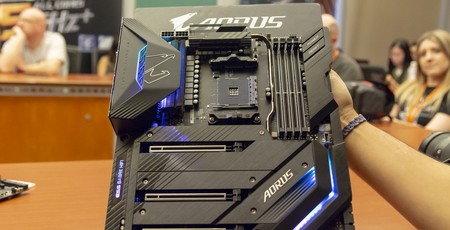
Gigabyte has shown off a range of upcoming X570 motherboards at Computex 2019 alongside SSD and add-in-card products that leverage the upcoming chipset’s support for PCIe 4.0.
It’s fair to say that AMD’s announcement of its Zen 2-based 3rd Gen Ryzen processors stole the show this year, and it also paved the way for AMD’s motherboard partners to show off their latest designs given that the X570 chipset will launch alongside the new chips. One such partner is Gigabyte, which has confirmed at least eight models so far. It has also decided to utilise X570’s exclusive use of PCIe 4.0 to promote some upcoming SSDs that are discussed in the video above.
Regarding Gigabyte X570 motherboards, we’re focussing on the high-end and mini-ITX models here, simply because that’s where the most interesting design choices and features are found.
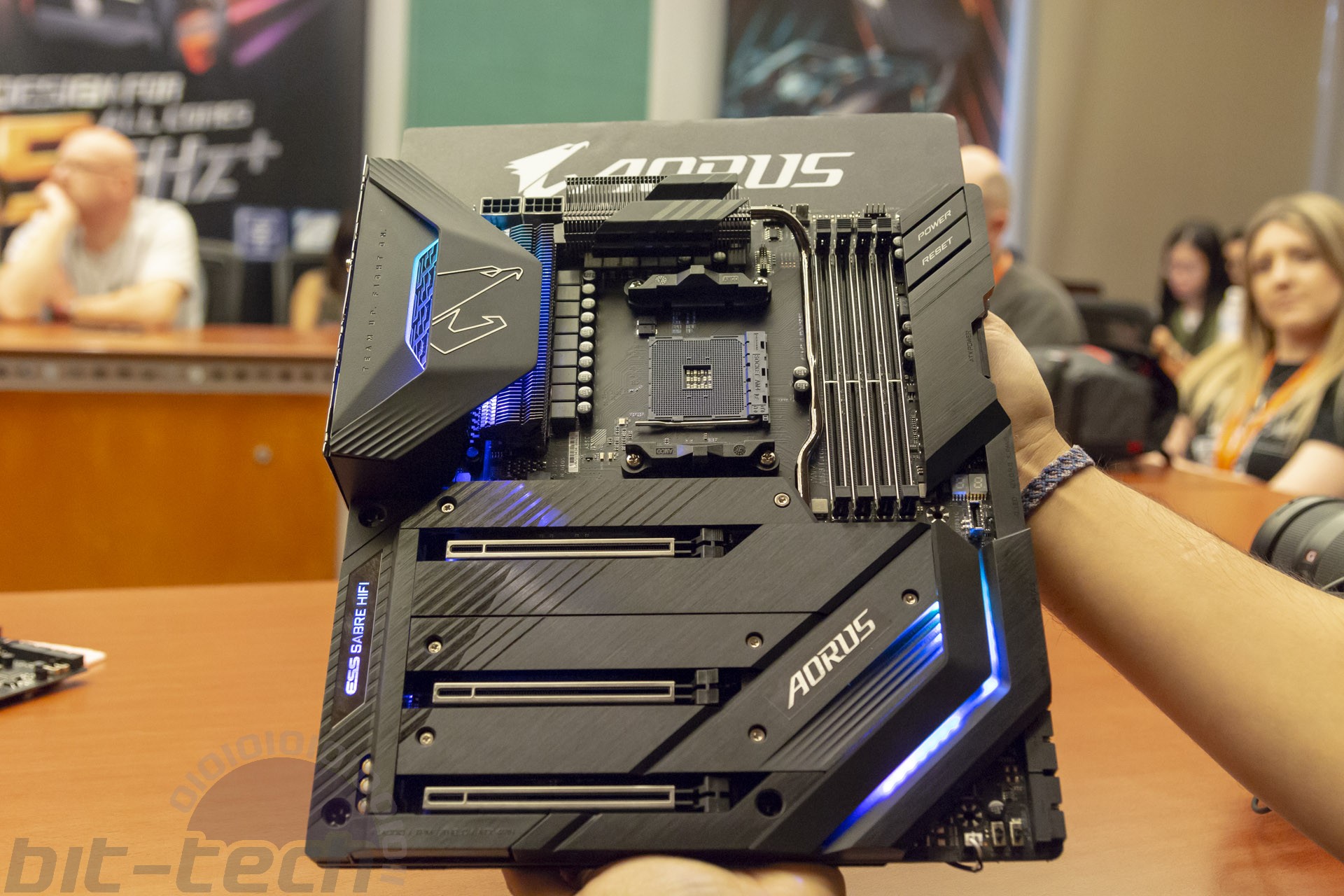
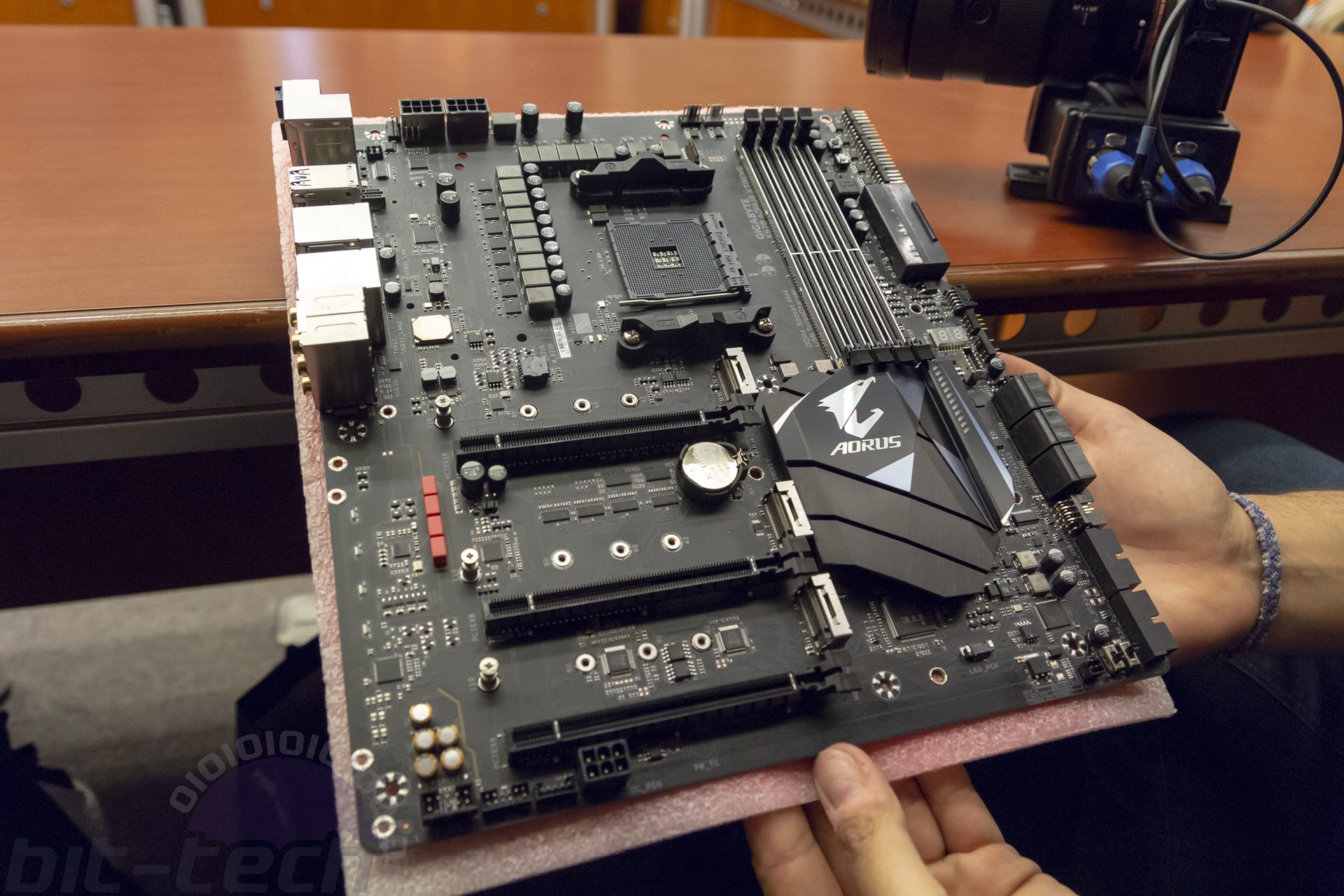
The X570 Aorus Xtreme (above) will be the flagship offering, and it stands out from the X570 crowd by being passively cooled. This is achieved by through a combination of heatsinks, padding, a large heat pipe, and a backplate, and even the I/O cover is made from aluminium. Gigabyte has also prioritised right-angled connectors to aid cable management – just check out that right-hand side!
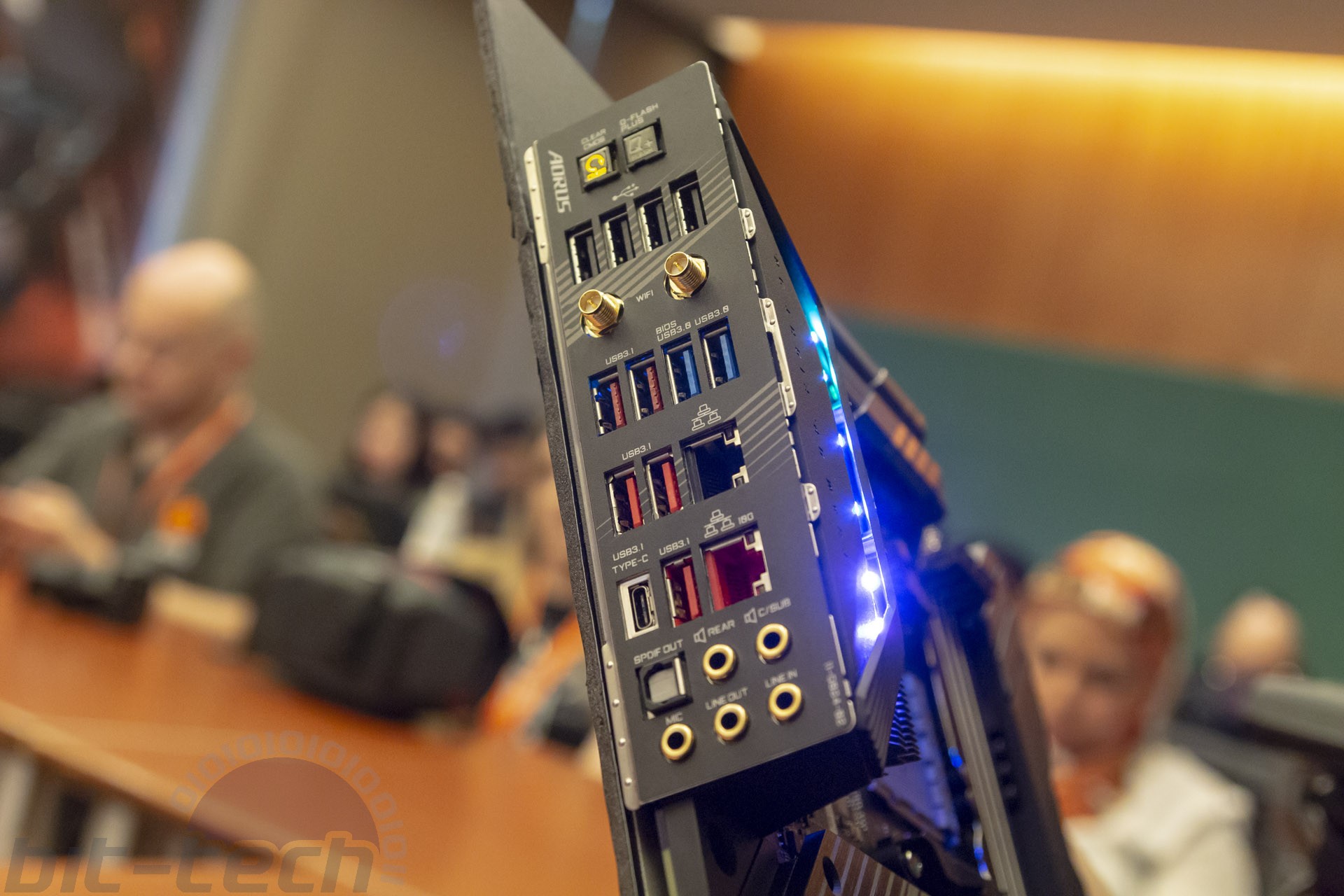
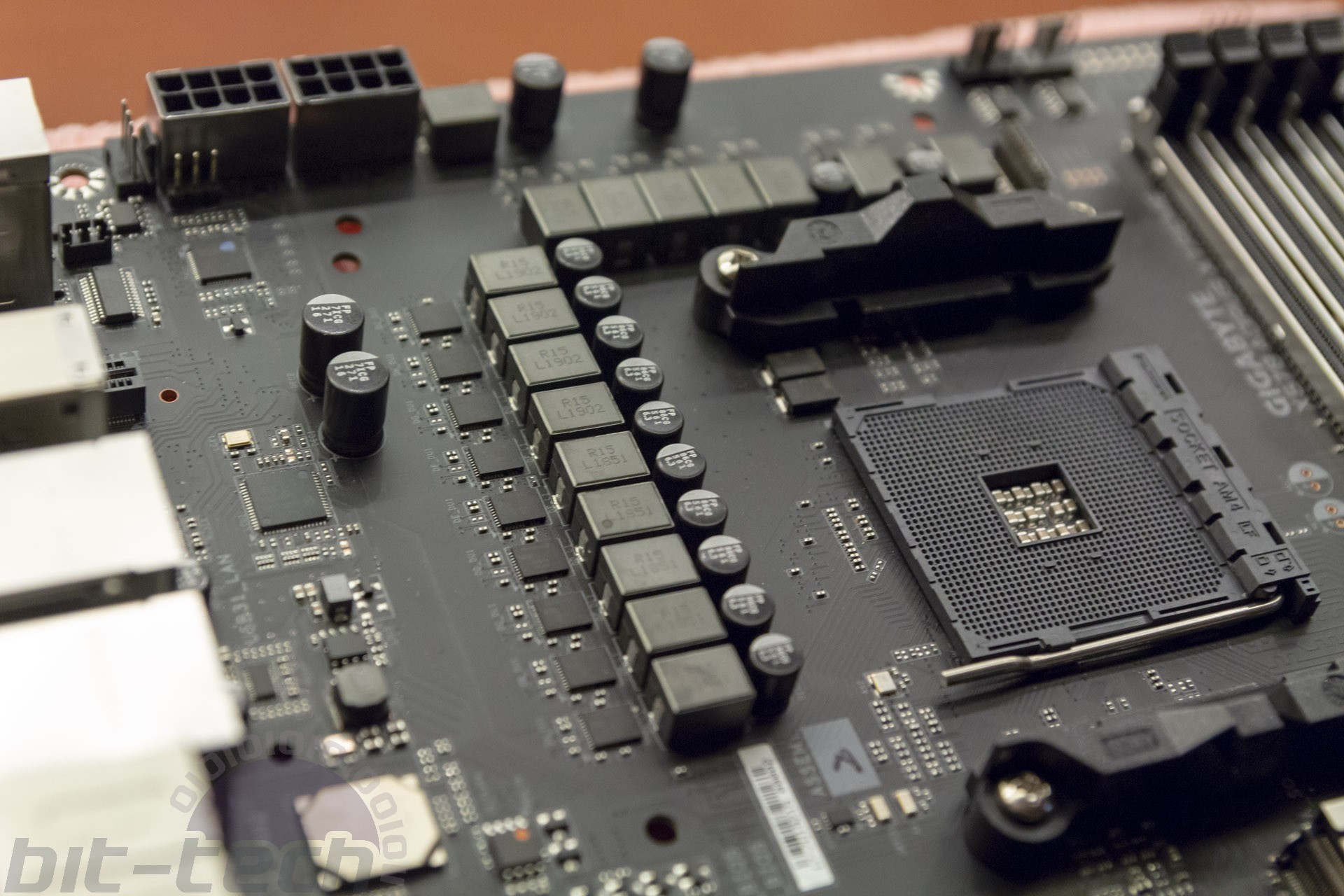
The I/O panel is also suitably well equipped and features Intel-powered Wi-Fi 6 and an Aquantia-powered 10Gb Ethernet port. There’s also a massive 14+2 phase power setup running via a new Infineon PWM controller, and Gigabyte is using all direct phases here with no doubling, a method it believe can achieve up to four percent higher efficiency than a typical parallel design.
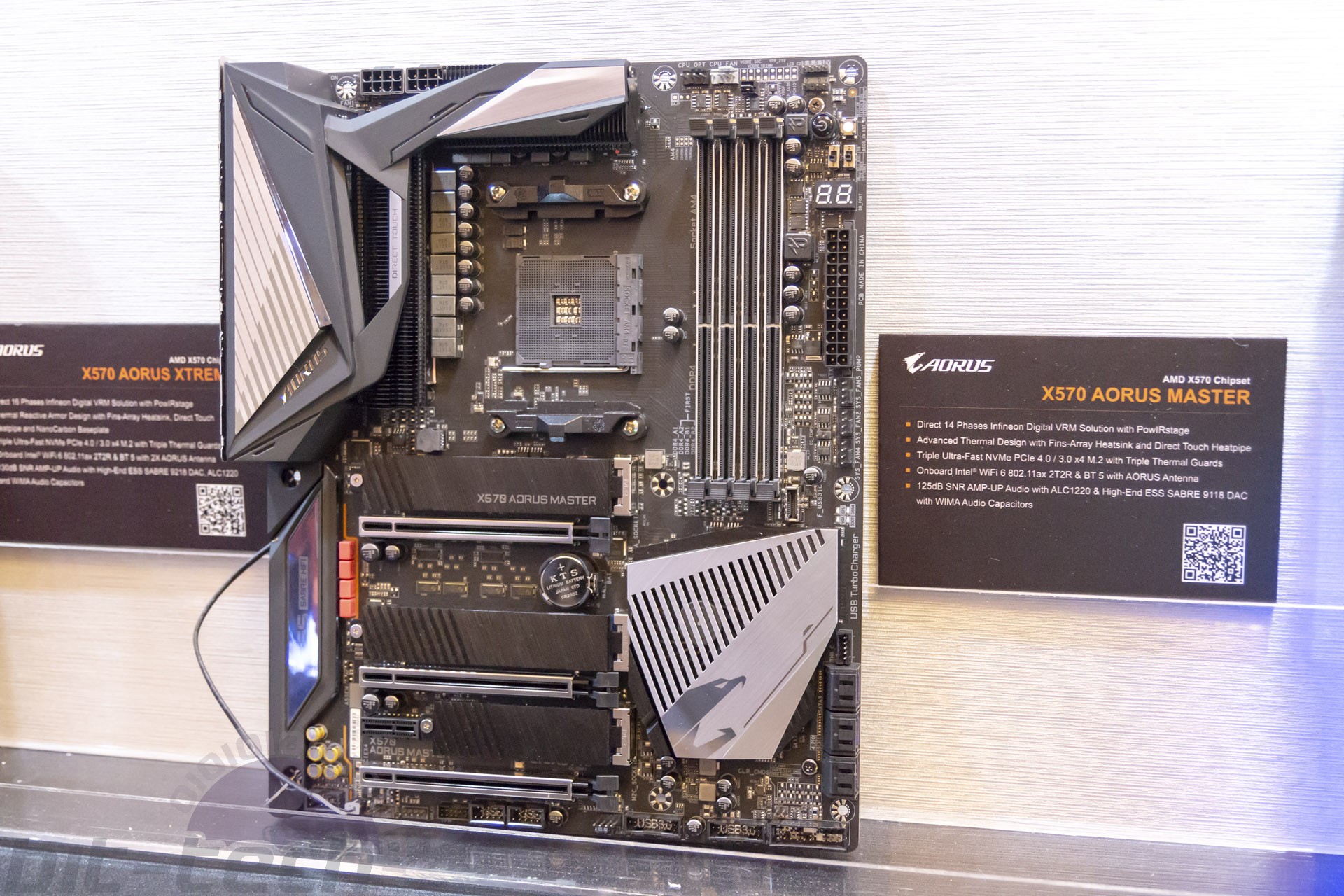
A step down from the Aorus Xtreme is the Aorus Master, and while its feature list isn’t quite as extensive as the Xtreme it still has plenty to shout about. It continues to use those direct phases, this time in a smaller but still beefy 12+2 configuration. Intel Wi-Fi 6 is joined by Realtek 2.5Gb Ethernet, and there is plenty by way of USB ports, fan headers, M.2 slots, and so on. Gigabyte has switched to active cooling here, though, but it’s well known that this will be common to most X570 boards.
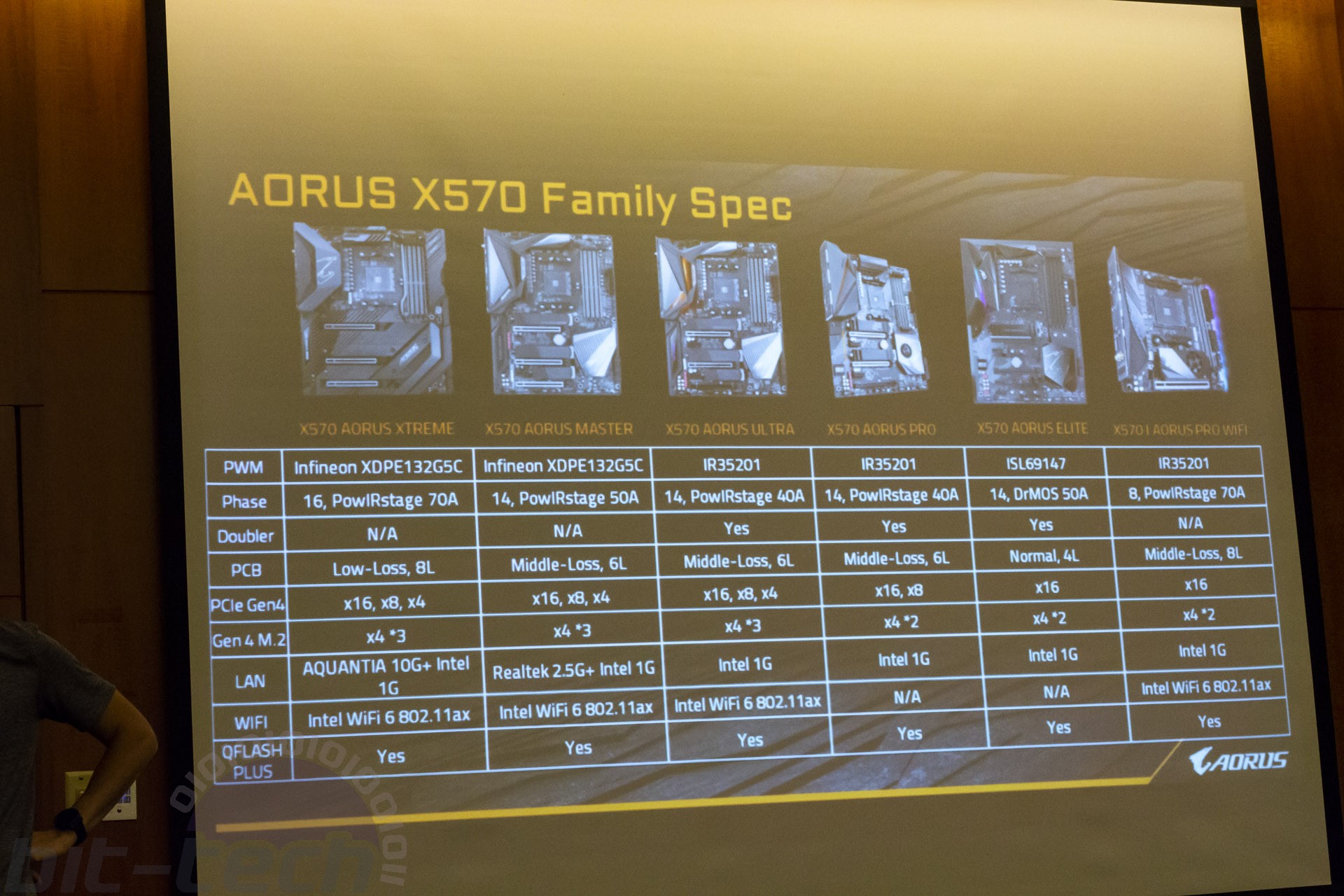
Above is a poorly-shot (sorry) photo of a comparison table that highlights key differences between the Aorus Xtreme, Master, and other Gigabyte/Aorus X570 offerings.
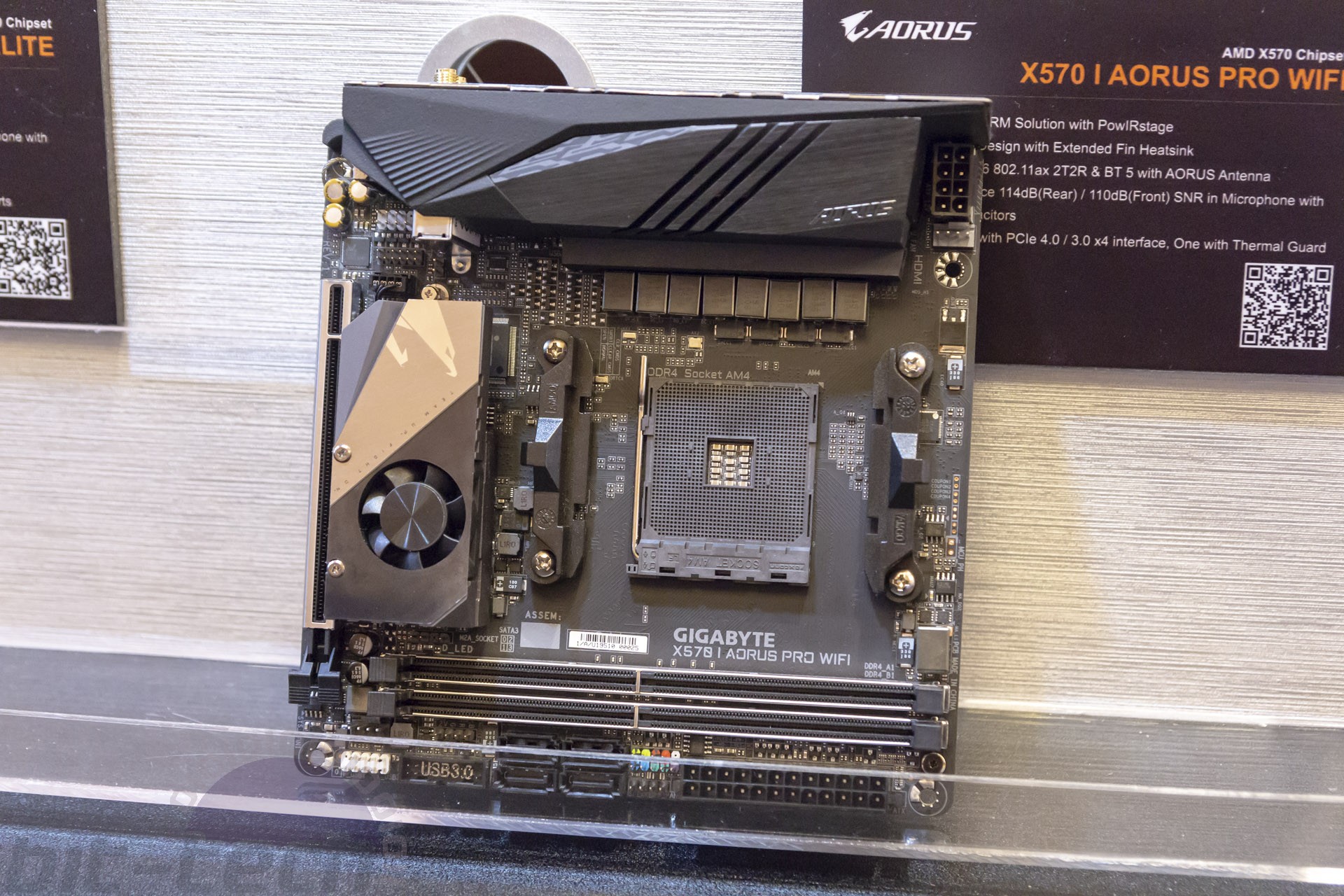
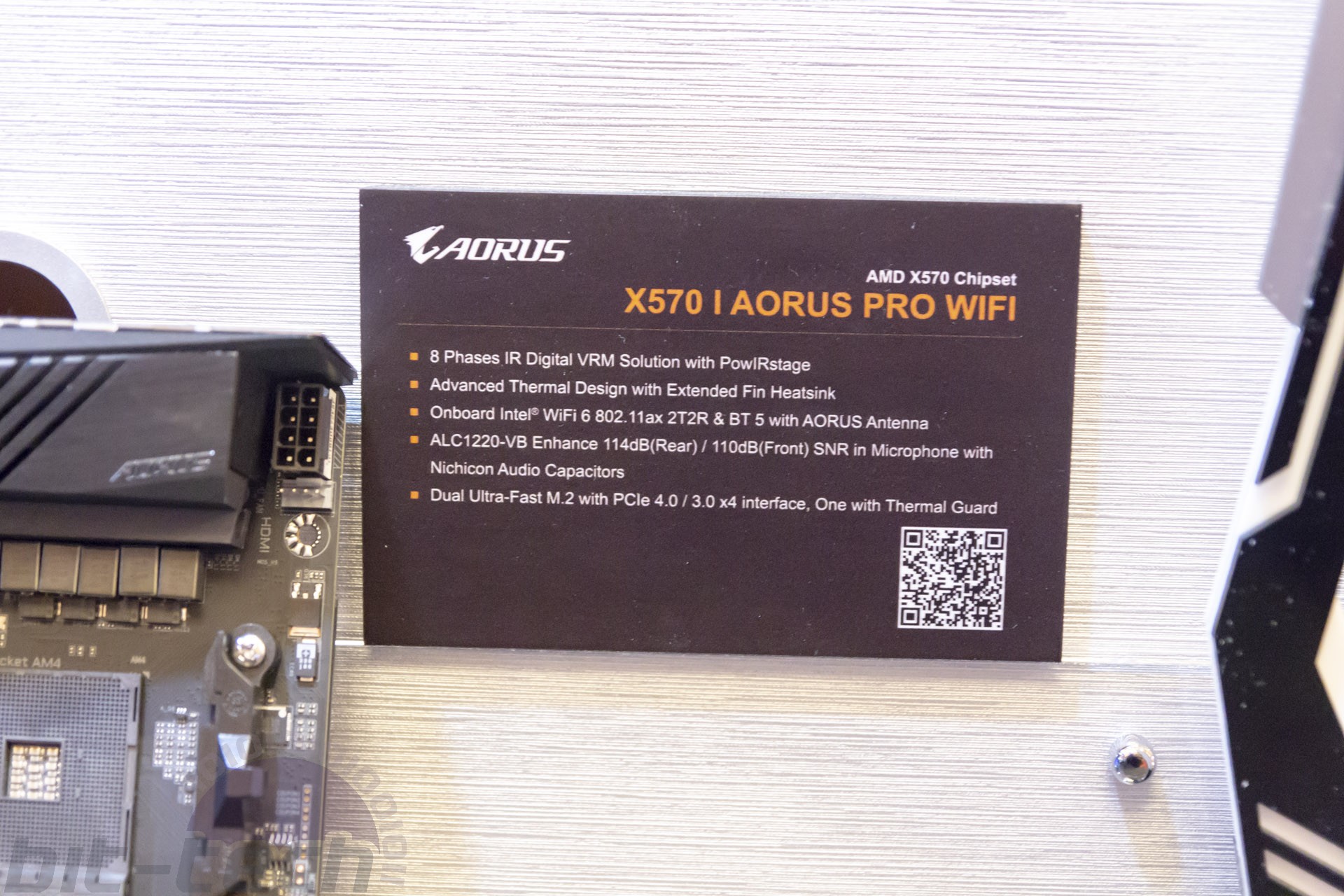
Gigabyte’s ITX offering will be the X570 I Aorus Pro WiFi, and even here Gigabyte is cramming in eight phases (likely 6+2), which we also believe are direct. Said Wi-Fi is Intel Wi-Fi 6, and Gigabyte is also using dual M.2 PCIe 4.0 slots (one on the rear). We’re definitely keen to get this one in for closer inspection!
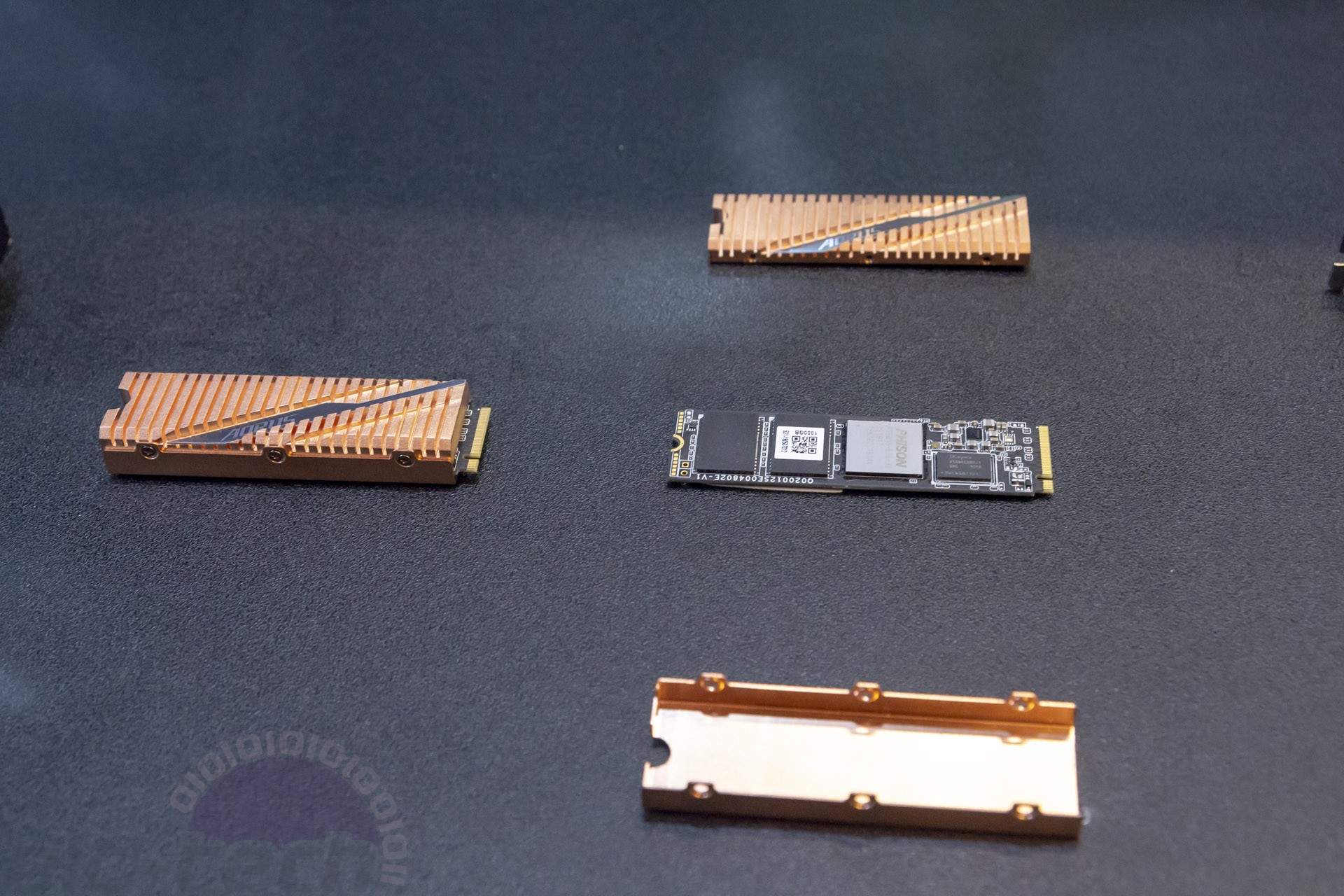
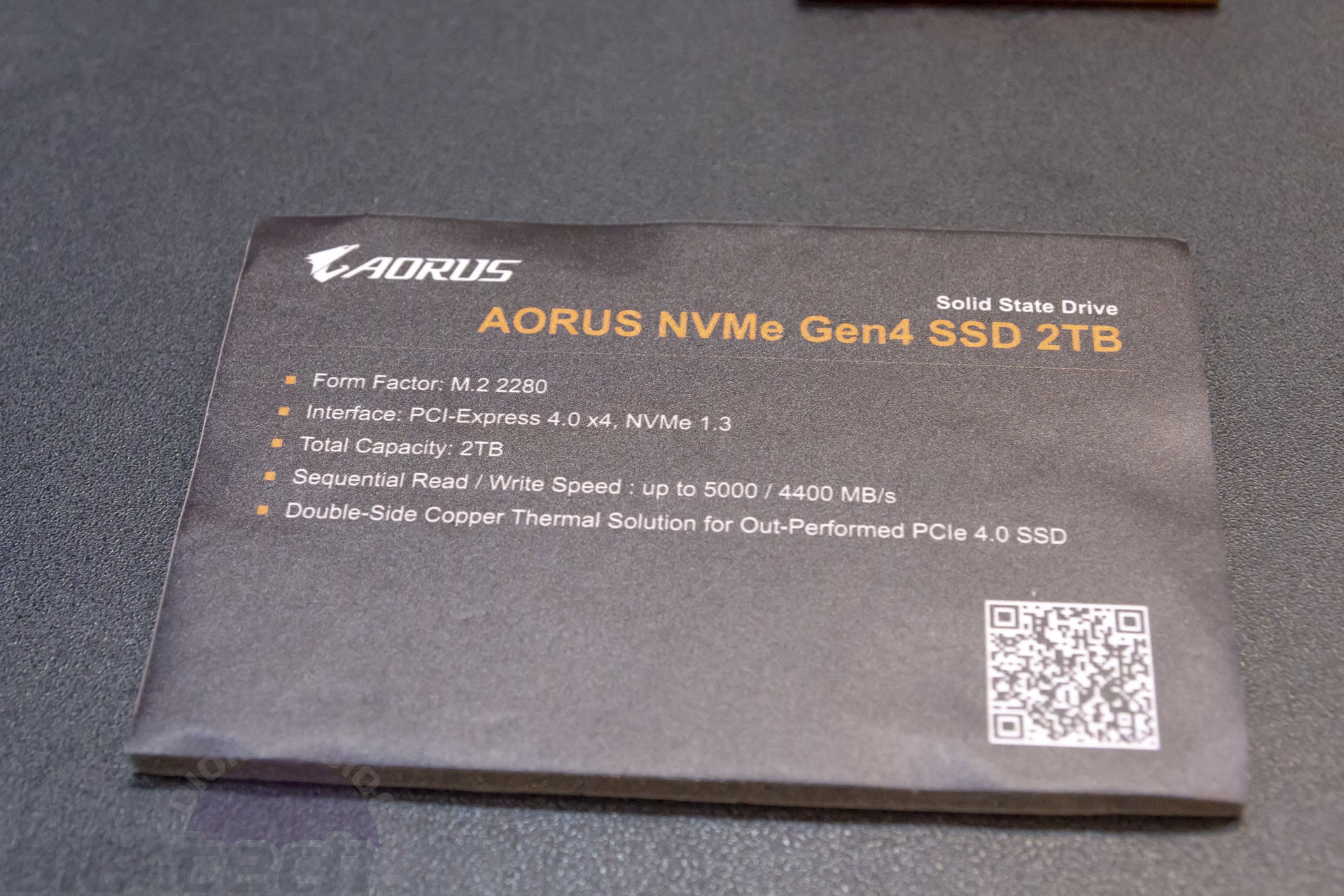
The doubling of available bandwidth you get with PCIe 4.0 compared to PCIe 3.0 is an easy talking point for AMD, especially as its upcoming Navi cards will use the interface too, but there are few products right now that actually need said bandwidth. An exception would be PCIe 4.0 x4 SSDs capable of exceeding the bandwidth offered by PCIe 3.0 x4. A bunch of these have come through the newswire at Computex (all using the same Phison PS5016-E16 controller), one of which comes from Gigabyte/Aorus. Said to hit read and write speeds of up to 5,000MB/s and 4,400MB/s respectively, it’s due to be released in 500GB, 1TB, and 2TB capacities. It also comes with a double-sided copper heatsink to help keep performance up during sustained workloads.
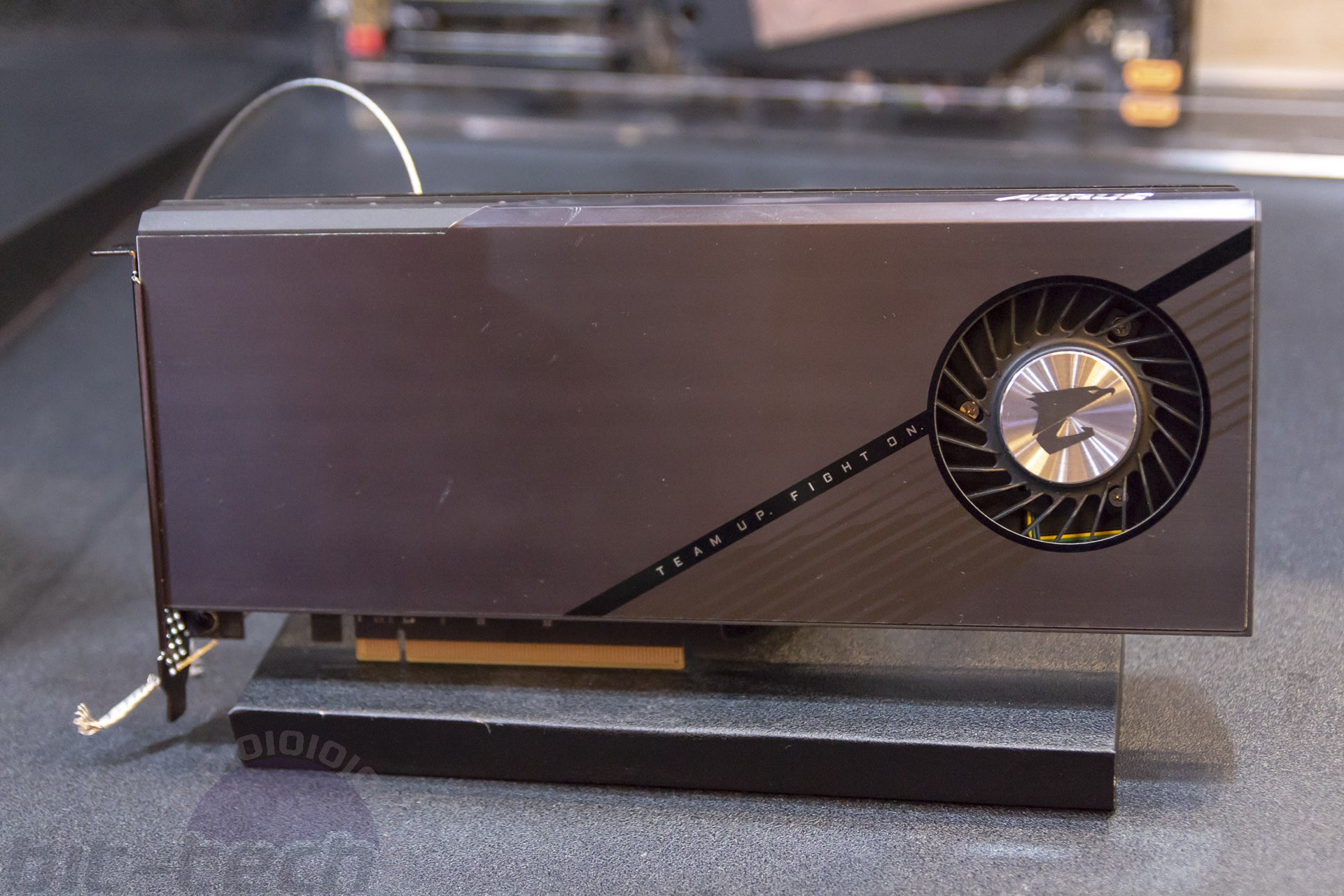
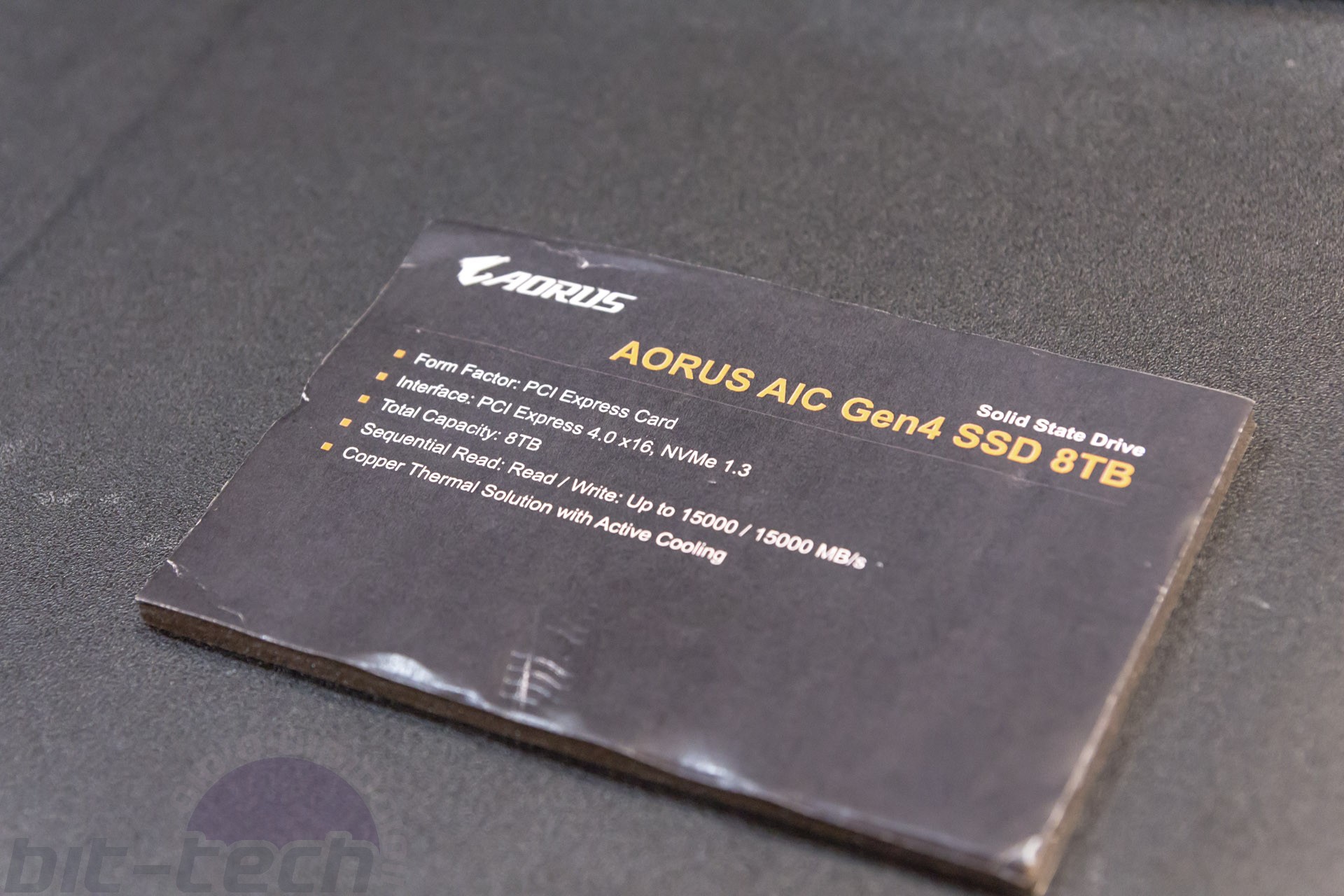
Gigabyte also showed us an actively-cooled PCIe 4.0 add-in-card SSD featuring four of the above 2TB SSDs in a RAID 0 configuration to achieve headline-grabbing transfer speeds of around 15GB/s read and write. Whether this actually comes to market or not remains to be seen (it’ll cost nearly $2,000 if it does), but damn if those aren’t some impressive numbers!

MSI MPG Velox 100R Chassis Review
October 14 2021 | 15:04

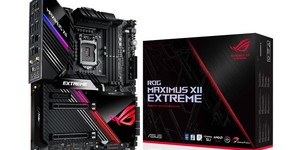
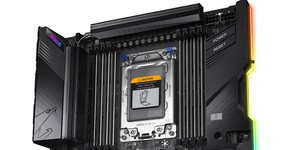
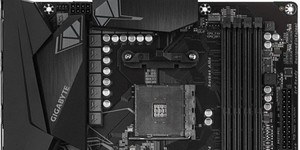




Want to comment? Please log in.